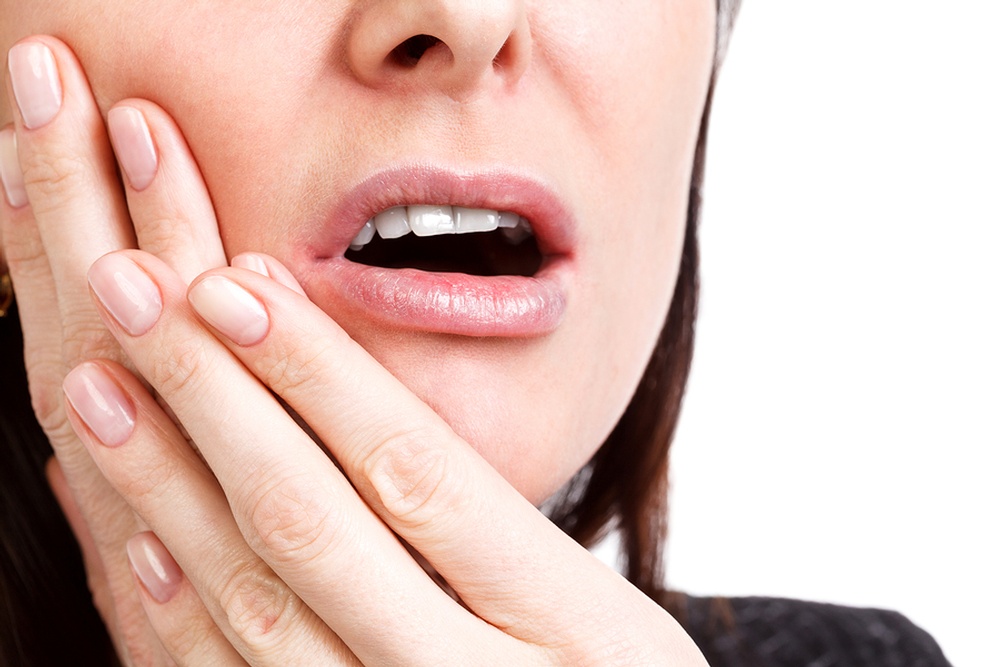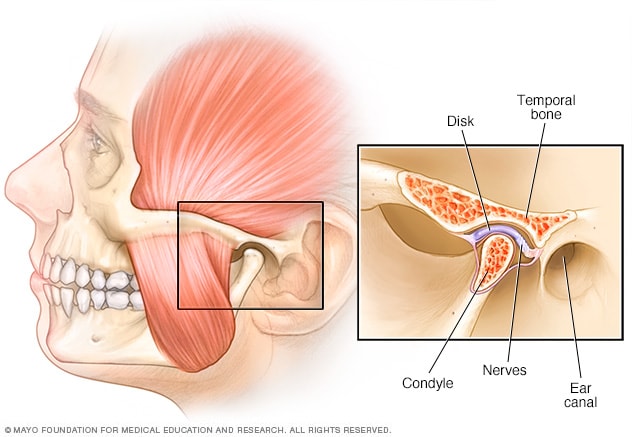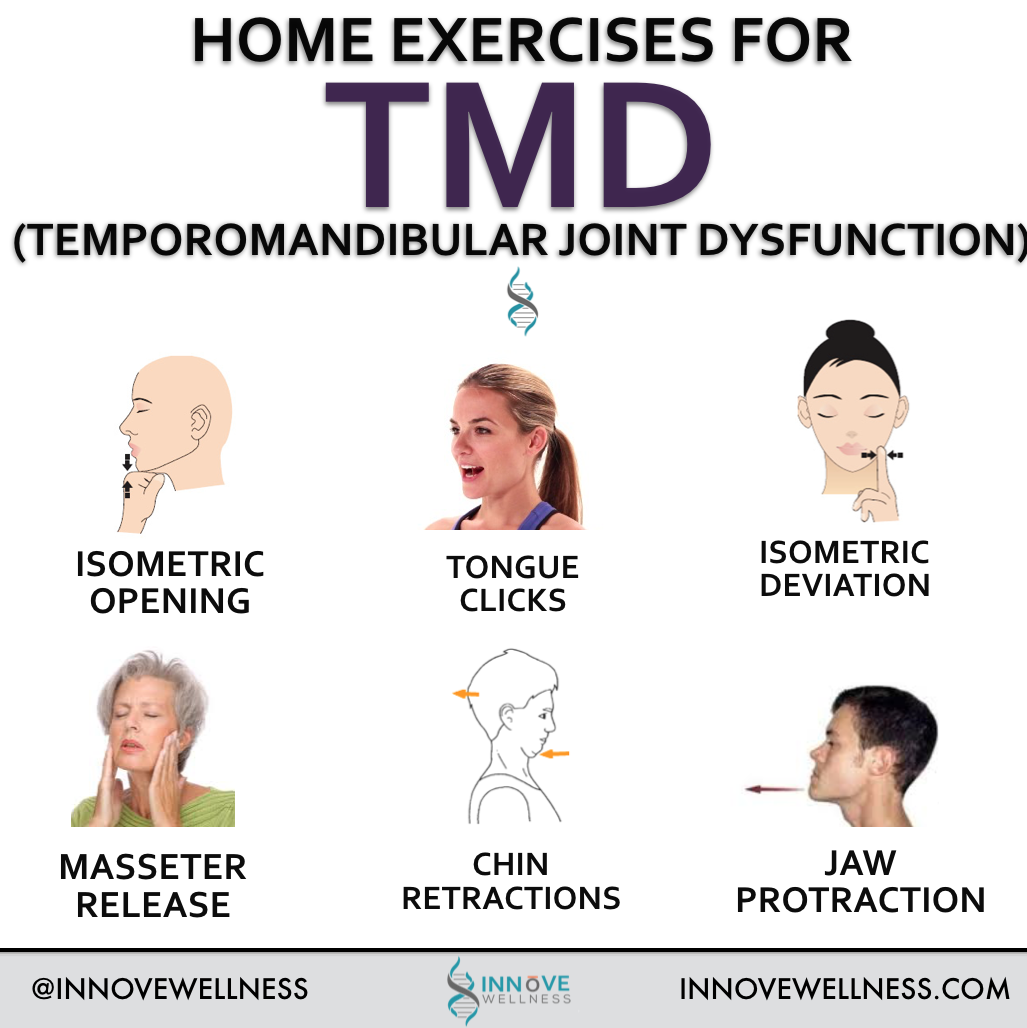I HAVE TMJ

My patients often confuse TMJ with TMD.
TMJ is the Temporal Mandibular Joint whereas TMD is Temporal Mandibular Disorder.
We all have the joint but many of us also have the disorder.
TMD is not just one disease but a group of disorders that can be painful affecting the joint or the muscle of chewing
TMD commonly affects twice as many women than men.
What is the Temporomandibular Joint?
The temporomandibular joint connects the lower jaw to the temporal bone at the side of the head. If you place your fingers just in front of your ears and open your mouth, you can feel the joint on each side of your head. The joint allows you to chew (open and close your mouth), talk and yawn. In very simple terms the joint complex has muscles, ligaments, a disc and jaw bone that all need to work together for smooth pain free movement.

What is TMD (Temporomandibular Disorders)?
There are 3 main categories
- Myofascial pain-most common form which is from the muscles that control jaw function, neck and shoulder muscles
- Internal Derangement of the Joint- can be injury to the condyle, dislocated jaw or disc displacement
- Degenerative Joint Disease- Osteoarthritis or Rheumatoid arthritis
You may have one or more of these conditions at the same time
Causes of TMD
- Injury- heavy blow to the face can cause fracture to the bone or disc leading to painful motion
- Arthritis- condition that is genetic and may present later on in life
- Poor bite/ occlusion- leading to unnatural wear
- Stress may aggravate or cause this due to clenching or grinding of the teeth leading to fatigue of jaw muscles and pain.
TMD Signs and Symptoms
1. Pain especially when chewing
2. Limited movement or locking
3. Radiating pain to face, neck, shoulder
4. Painful clicking and popping when opening and closing jaw
5. Headaches, earaches, dizziness and hearing problems may sometimes be related to TMD.
Treatment
- Conservative and reversible- Since most TMD problems are usually temporary simple treatment to relieve pain is best.
- Soft food, applying heat or ice pack to the painful area, avoid extreme jaw movement like yawning and gum chewing.
- Meditation and stress relief techniques will help if pain comes from clenching and grinding
- Physical therapy such as simple muscle stretching

5. Short term use of anti- inflammatory and muscle relaxant drugs
6. Oral Appliances( splints or bite guards) that will help reduce the effects of grinding or clenching on muscle tension

7. Further more invasive treatment can be injection of pain medications into trigger points. Finally surgery can be performed if needed but only once all reversible options have been tried
A great little video that helps explain how this tiny joint works.
As a complex disorder I have tried to simplify it here to help you better understand what you may be experiencing and how to help.
If you experience any issues with chewing please let us know at your next visit with us.
Enjoy pain-free chewing and quality of life.
Dr Sharon Walden and Associates
.jpg)